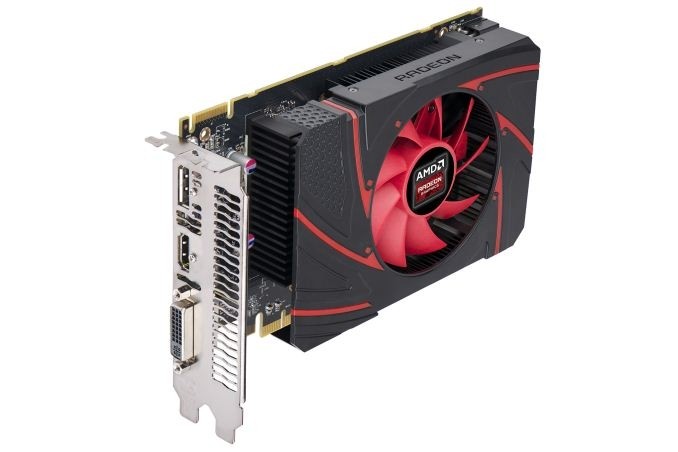AMD hasn't quite finished with the graphics card announcements for 2013, today announcing a brand new lower-end GPU for those who don't require a whole lot of processing power. The Radeon R7 260 features a cut-down version of AMD's Bonnaire GPU, which is fully enabled in the R7 260X, making it an entirely new card rather than a re-badge.

Compared to the R7 260X, the R7 260 features two fewer compute units, bringing down the total stream processors to 768 (from 896), alongside 48 TUs (down from 56) and 16 ROPs. The GPU will run at a maximum clock speed of 1000 MHz, and comes with 1 GB of 6 GHz GDDR5 on a 128-bit bus, meaning we're looking at performance around 80-90% of the 260X.
Although the R7 260 is a relatively low-power part, consuming around 95 W at peak, it still requires one PCIe power plug, for better or worse. Like the 260X, the 260 uses the GCN 1.1 architecture and contains support for TrueAudio, as well as Mantle.
The card itself won't be available at retail outlets until mid-January, slotting into the range with a price tag of $109: $30 less than the 260X, and $20 more than the R7 250. It's essentially a direct replacement for the Radeon HD 7770 that's been on the market for well over a year now, and competes with Nvidia's GTX 650 and GTX 650 Ti.
https://www.techspot.com/news/55035-amd-launches-radeon-r7-260-coming-in-january.html